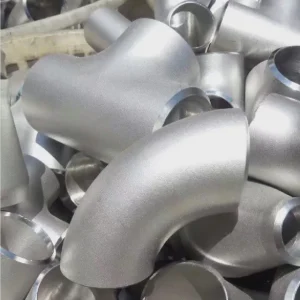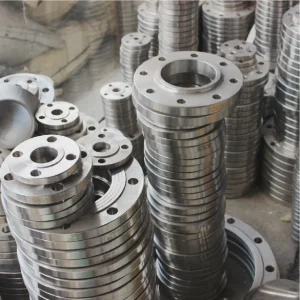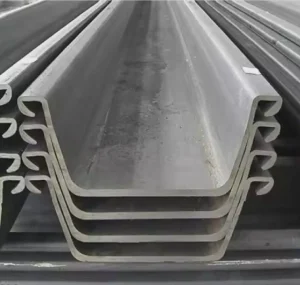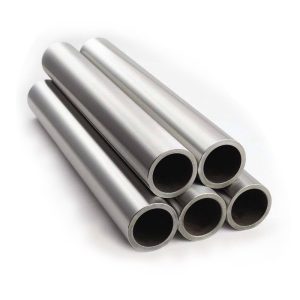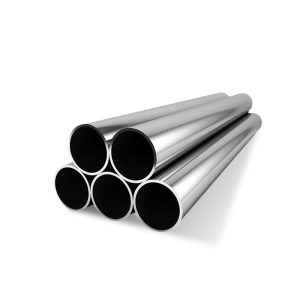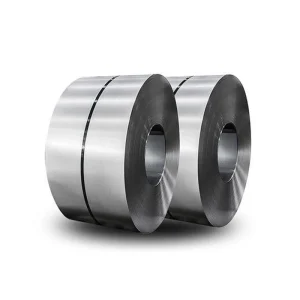Introduction
Are you trying to determine the weight of a 15mm aluminum rod quickly and accurately? Whether you’re designing a structural component or just doing a DIY project, knowing the precise weight helps plan your workload. Luckily, there’s a straightforward formula to calculate it. In this article, we’ll explore how to compute the weight of a 15mm aluminum rod with ease, compare different methods, and provide practical tips to make your calculations accurate.
Why Knowing the Weight of a 15mm Aluminum Rod Matters
H2: The Significance of Accurate Weight Calculations
Problem: Many underestimate how crucial weight is for project stability and material costs.
Solution: Using a simple formula ensures you get reliable data without complex tools.
Case: I once ordered a batch of 15mm aluminum rods for a lightweight frame. Knowing their weight beforehand saved me from overloading the structure.
Transition
Understanding the importance of precise weight calculations helps you avoid costly errors and design flaws.
1. Understanding the Basics of Aluminum Rods
H2: What Makes the 15mm Aluminum Rod Special?
Subsection: Diameter and Material Density
The 15mm aluminum rod has a diameter of 15 millimeters, which influences its volume and weight. Aluminum’s density typically averages around 2.70 g/cm³, but this can vary with alloy type.
H3: Material Density and Its Role
The density of aluminum affects the weight calculation directly. For most standard alloys, 2.70 g/cm³ is a reliable average, but always check your material specifications for accuracy.
Transition: Knowing the density allows us to calculate the weight precisely, which is essential for engineering and DIY projects.
2. The Simple Formula for Calculating the Weight of a 15mm Aluminum Rod
H2: The Basic Calculation Method
To find the weight, you need the volume and the density. The formula is:
Weight = Volume × Density
Where volume is derived from the rod’s length and cross-sectional area.
H3: Step-by-Step Calculation Process
- Calculate Cross-Sectional Area (A):
A=π×(r)2A=π×(r)2
Since diameter d=15mmd=15mm, radius r=7.5mm=0.75cmr=7.5mm=0.75cm. - Calculate Volume (V):
V=A×LV=A×L (length in cm). - Calculate Weight:
Weight=V×DensityWeight=V×Density.
Transition
This straightforward approach makes it easy to estimate the weight of any 15mm aluminum rod quickly.
3. Practical Example: Calculating the Weight of a 15mm Aluminum Rod
H2: Real-World Calculation
Suppose you have a 15mm aluminum rod that is 2 meters long. Let’s compute its weight.
Step 1: Convert length to centimeters: 200 cm.
Step 2: Calculate the cross-sectional area:
A=π×(0.75)2≈3.1416×0.5625≈1.767cm2A=π×(0.75)2≈3.1416×0.5625≈1.767cm2
Step 3: Find volume:
V=1.767cm2×200cm=353.4cm3V=1.767cm2×200cm=353.4cm3
Step 4: Calculate weight:
Weight=353.4cm3×2.70g/cm3≈954.18gWeight=353.4cm3×2.70g/cm3≈954.18g
Result: The 15mm aluminum rod weighs about 954 grams.
Data source: Aluminum Density, 2023 (https://www.aluminum.org/industry-resources/industry-data)
Transition
This example shows how simple calculations can give you quick, reliable weight estimates.
4. Comparing Different Calculations and Materials
H2: How Material Variations Affect Weight
Different aluminum alloys have slightly different densities, impacting the total weight.
H3: Comparison Table: Standard vs. High-Strength Aluminum
| Material Type | Density (g/cm³) | Approximate Weight of 2m Rod |
|---|---|---|
| Standard Aluminum | 2.70 | 954 grams |
| High-Strength Aluminum | 2.80 | 981 grams |
Transition: The small variation in density can lead to noticeable weight differences over larger projects.
H2: Why Accurate Material Data Matters
Always verify your specific alloy’s density for precise calculations, especially in engineering applications.
5. Common Mistakes and ⚠️ Warnings
⚠️ ⚠ Note:
- Forgetting to convert units correctly can throw off your calculations.
- Using an incorrect density value leads to inaccurate weight estimates.
- Assuming uniform density for all aluminum alloys is a mistake; always check your material specs.
Transition
Being aware of these pitfalls ensures your calculations are reliable.
6. Step-by-Step Guide to Calculate the Weight of a 15mm Aluminum Rod
H2: How to Do It in 5 Easy Steps
- Measure Length:
Convert your rod length into centimeters. - Determine Cross-Sectional Area:
Use A=πr2A=πr2, with radius in centimeters. - Calculate Volume:
Multiply the area by length. - Find Material Density:
Use the specific density for your aluminum alloy. - Compute Final Weight:
Multiply volume by density.
Transition
Following these steps guarantees accurate weight estimates for your projects.
7. Final Tips and Best Practices
- Always double-check your measurements.
- Use manufacturer data for alloy density.
- Keep units consistent throughout calculations.
- Consider safety margins if designing load-bearing parts.
- Use digital tools or calculators for complex projects.
8. Practical Checklists for Your Project
- Measure the length of your 15mm aluminum rod accurately.
- Confirm the alloy type and its density.
- Convert all measurements to centimeters before calculations.
- Use the formula to find the volume.
- Multiply volume by density to get the weight.
- Cross-verify results with online calculators or software.
- Document your calculations for future reference.
- Ensure your measurements and calculations align before proceeding.
Conclusion
Calculating the weight of a 15mm aluminum rod is straightforward once you understand the basic formula and process. Whether you’re working on a structural project or a hobby craft, this simple method saves time and minimizes errors. Remember, always verify your material’s density and measurement units for the best results. With this knowledge, you’ll be able to plan your projects more effectively and avoid surprises down the line.
My personal tip: I once underestimated the weight of a 15mm aluminum rod for a DIY frame. It caused some structural issues later. Now, I always do a quick calculation beforehand, saving me headaches and costs.




